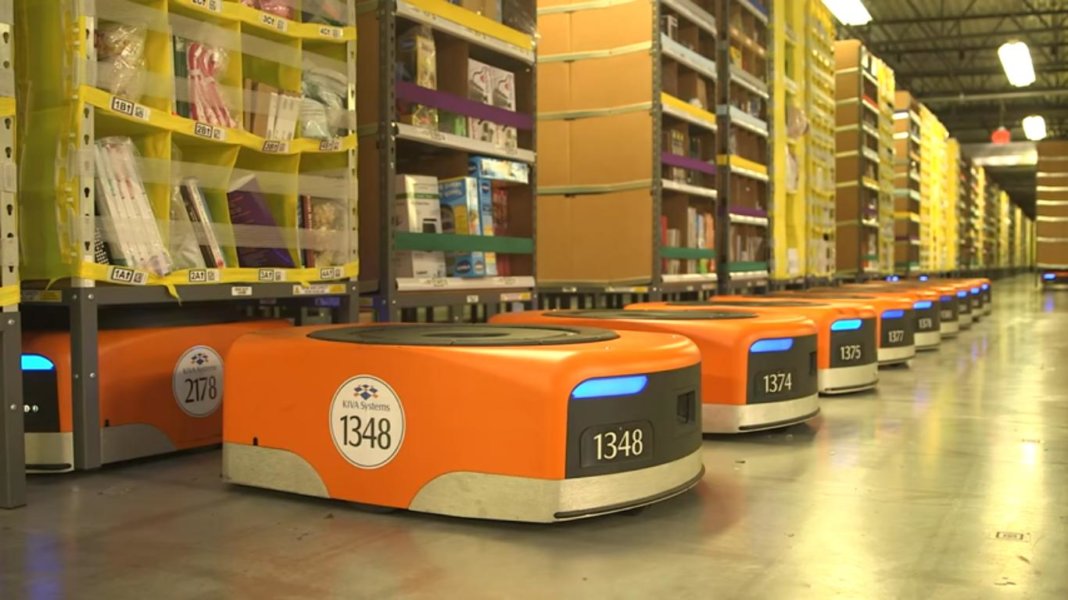Amazon unveils new Amazon Robotics, autonomous warehouse
- Posted on June 22, 2022
- Technology
- By Glory

While the epidemic
and ensuing labor shortage have boosted warehouse robots and automation, Amazon
Robotics has been at the forefront of these industries for years.
The firm celebrated the tenth anniversary of
its robotics branch, which was essentially created when it acquired Kiva
Systems, this week at its annual Re:Mars conference in Las Vegas. More than
520,000 robotic drive units have been installed by Amazon Robotics throughout
its fulfillment and sort centers during the course of its existence. From the
outside, the company's campaign for same- and next-day package delivery appears
to have been a huge success. This has prompted the competition to search for
their own third-party robots solutions, supporting businesses like Locus,
Fetch, and Berkshire Grey.
During a
presentation today, Tye Brady, the leader of Amazon Robotics, gave a preview
about what the company's internal automated systems' vision for the
future. Two new robots, Proteus and Cardinal, an autonomous floor system and a
robotic arm, respectively, are at the center of the news. The same cell system
that has been in use throughout Kiva is being upgraded to accommodate the new robots.
He added that using
sophisticated safety, vision, and navigational technologies created by Amazon,
Proteus walks independently across its facilities. The robot doesn't need
to be restricted to prohibited areas because it was designed to be
automatically instructed to carry out its function and move around employees.
The lifting and moving of GoCarts, the non-automated, wheeled transports used
to move parcels through the company's facilities, is just one example of
how it can operate in a way that enhances simple, safe interaction between
technology and people. This opens up a wider range of potential uses to
help employees.
During the
shipping process, Cardinal, a robotic work cell, organizes large items weighing
up to 50 pounds. The device is now being tested as a trial by Amazon, which
plans to integrate it into its sorting facilities next year.
Amazon further
showcased technology that might enable staff to stop using the hand
scanners they now use to record barcodes. Workers will not scan labels;
instead, they walk in front of a camera system that identifies the goods. There
isn't a lot of information about how it functions other than that it uses a 120
frames per second camera system and some sort of machine learning algorithm,
but the result is comparable to that of the company's Just Walk Out technology,
which enables it to create cashierless businesses.
It appears that
part of the Canvas technology was incorporated into a Kiva form factor,
enabling these robots to operate with Amazon's current systems with no
modification. The capacity to function in less regulated conditions that the
extra autonomy offers enables the technology to be applied in various contexts
outside of the present constraints that the Kiva systems are confined to.
Amazon insists
that it is not aiming to build robots in place of hiring workers, despite
recent reports suggesting that the company may soon struggle to recruit labor.
"Replacing people with machines is just a fallacy," a leader from
Amazon's robotics section openly told Forbes, adding that doing so may result
in a company going out of business. However, as it is with automated
management systems, robots may contribute to a pace of work that humans find
difficult to maintain in a safe manner. Particularly the new scanning method
seems to have the potential to raise irrational expectations about how quickly
employees should move around.


Be the first to comment!
You must login to comment